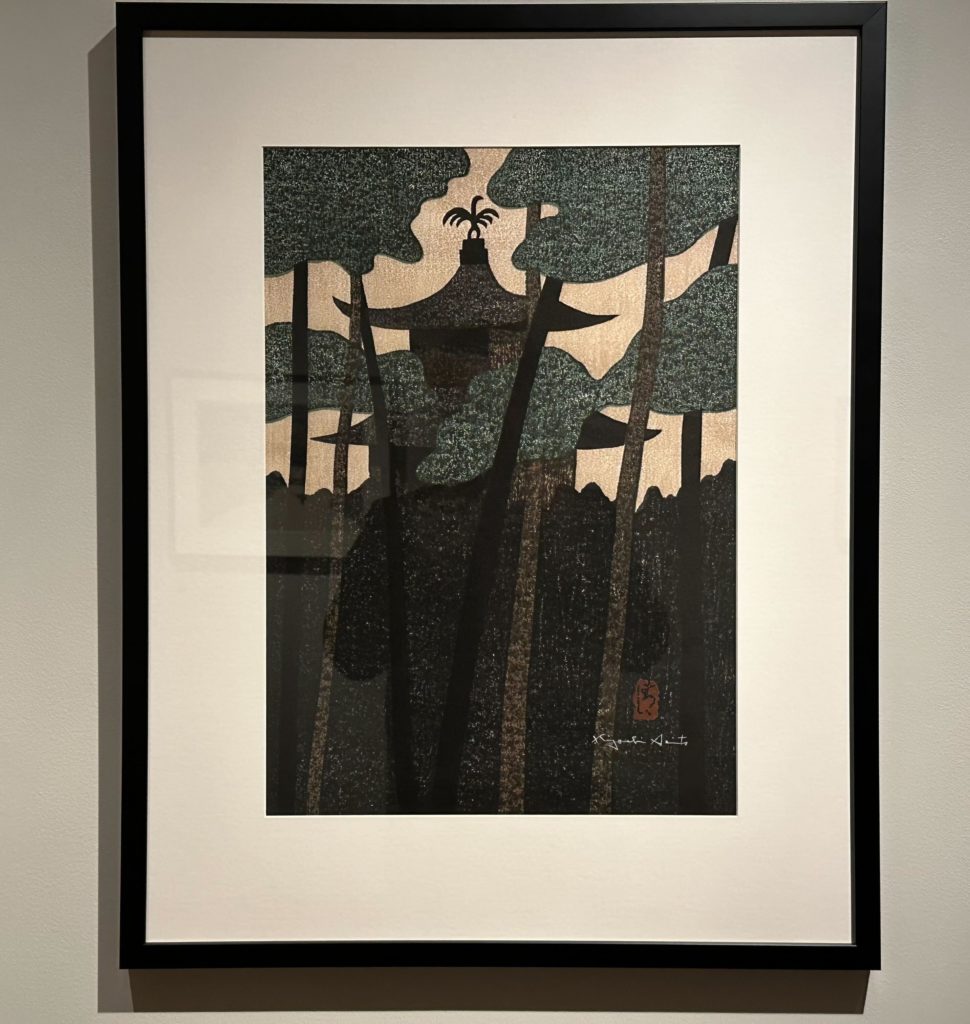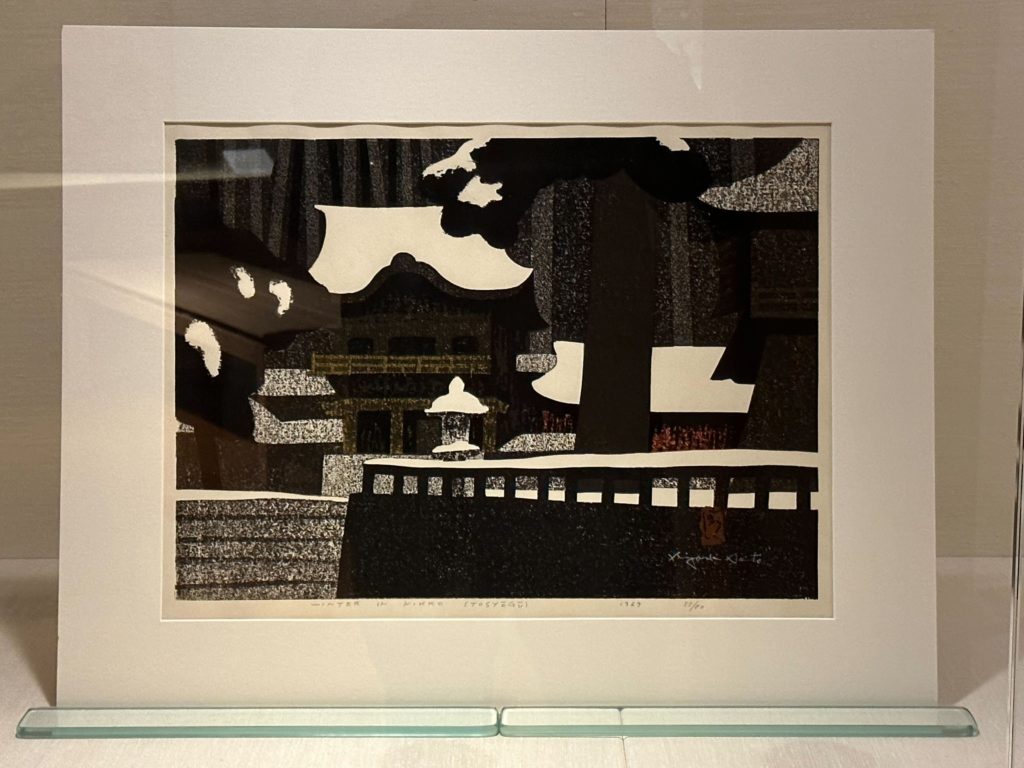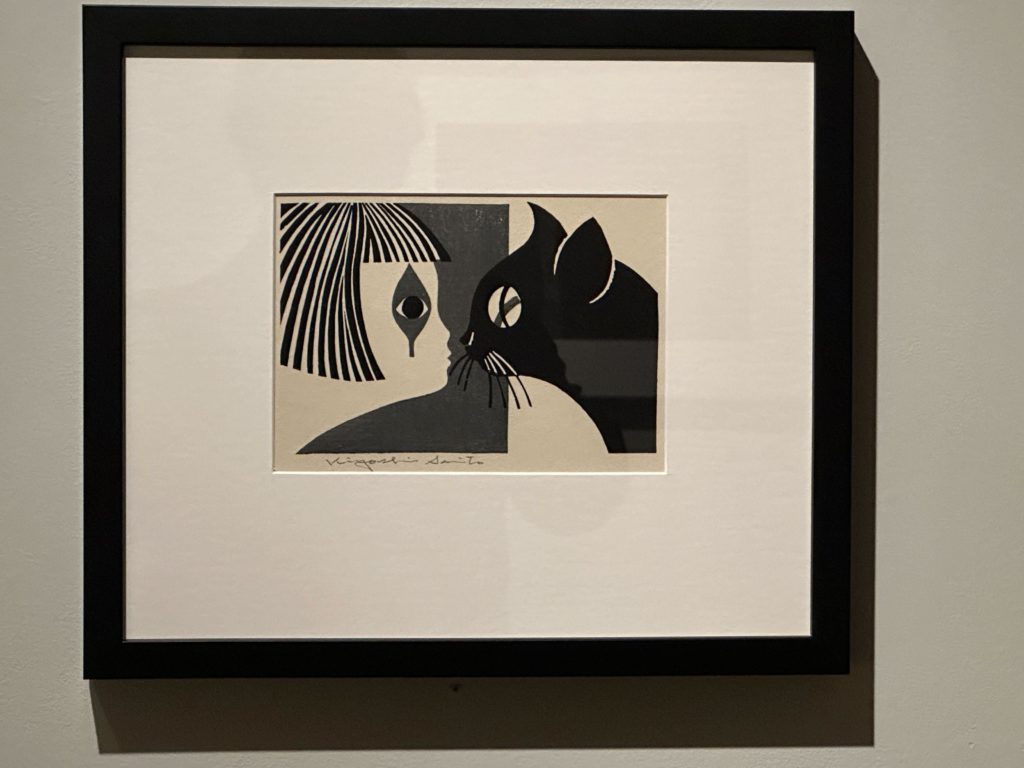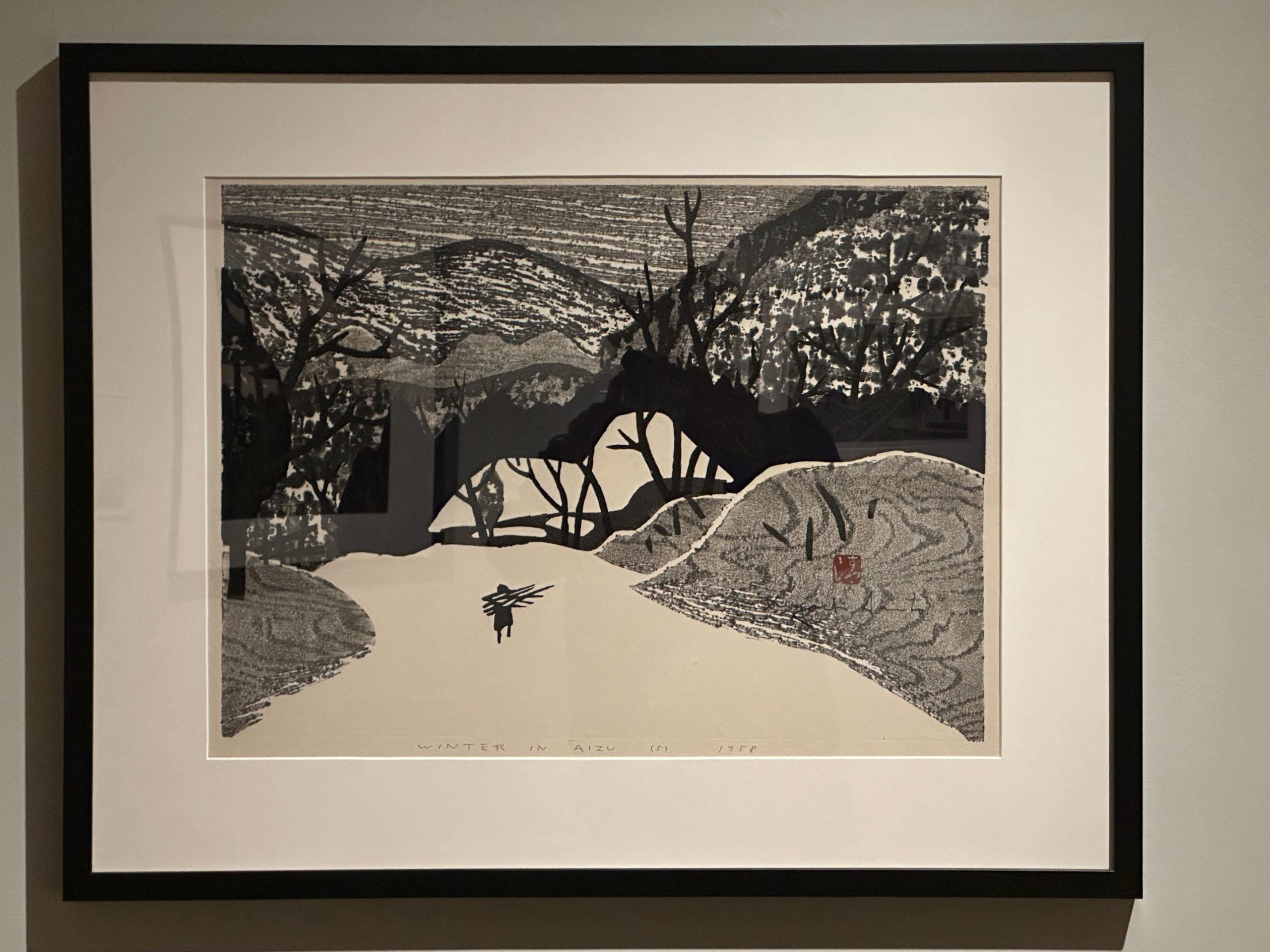Japanese woodblock paintings or Ukiyo-e have grown in popularity around the world throughout the 21st century. Among collectors and enthusiasts, Japanese woodblocks have become a hallmark of East Asian art. With an exhibition at the Dayton Art Institute currently displaying a number of important works, the Clarion decided to have a look at this fascinating artform.
Historically, wood blocking did not originate in Japan, with its origins dating to 5th century China according to the Encyclopedia Britannica. It would not become a major part of Japanese culture until the Edo period, where a great demand for ukiyo-e images would develop. After the fall of the Shogunate, a flowering of woodblock artistry would lead to many of the great works celebrated today.



Photos by Jay Mazega
According to Japanese woodblock print site Invaluable, original prints can range from as low as a few hundred dollars to as high as $1 million. The work of master printmakers like Hiroshige, Hokusai and Kitagawa Utamaro often command high prices because of their age and prestige.
Despite its more recent origins compared to other art from the Land of the Rising Sun, Ukiyo-e is today considered a staple of Japanese culture and is recognized around the world. Most art museums have exhibits or entire galleries dedicated to the artform. And those interested in learning more can head to the Dayton Art Institute where the woodblock prints of Saito Kiyoshi will be on display until July 16.
Kyle Mounce
Staff Writer

